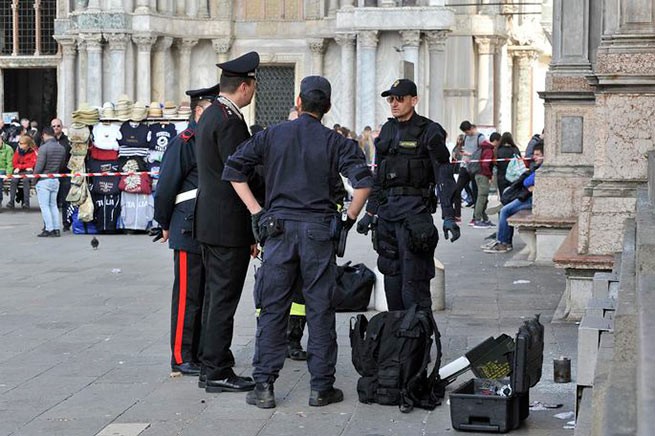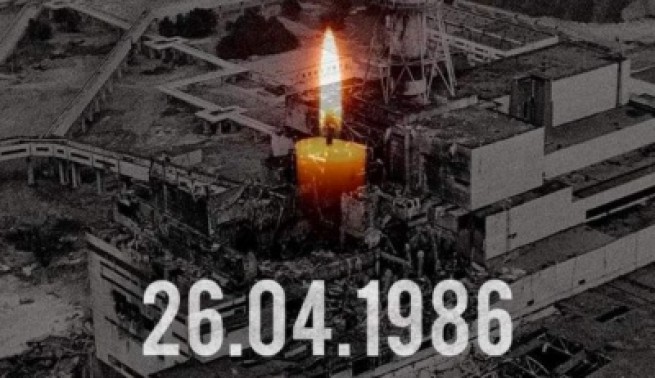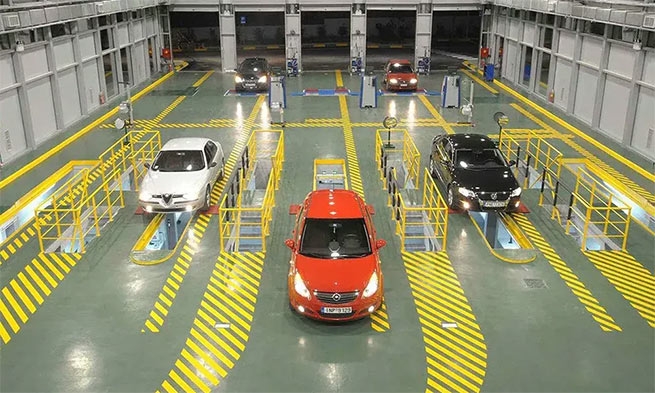The Decree of the Ministry of Infrastructure and Transport defines a new way, procedure and method for certification of technical inspection of vehicles.
The change in the method and procedure for the inspection of vehicles in the technical inspection centers (ΚΤΕΟ) is provided for by the decision of the Ministry of Infrastructure and Transport. The new ministerial regulation defines the manner, procedure and method of certification of technical inspection, regardless of whether it is periodic, extraordinary or voluntary.
The amendments were deemed necessary due to the change in the technical inspection points in accordance with the amendment of Directive 2014/45/EU of the European Parliament and of the Council of 3 April 2014 on periodic roadworthiness testing of motor vehicles and their trailers, and the repeal of Directive 2009/40 /EC, which was published in the Official Journal of the European Union L219/22-8-2019 and incorporated by Joint Ministerial Decision No. 64744/677/2019 “Amendment to Joint Ministerial Decision No. οικ. vehicles and their trailers in accordance with Directive 2014/45/EC and repealing Directive 2009/40/EC” (B’ 522).
At the same time, the eCall system will undergo a technical inspection for vehicles of categories M1 and N1 and described in the Joint Ministerial Decision no. or rear wheels (category L5e) and quadricycles (category L7e) with an engine capacity of more than 125 cm3.
The ministerial decision also provides for the renewal of checkpoints relating to vehicles for the transport of dangerous goods and vehicles for the international transport of perishable foodstuffs (ATP).
Dangerous deficiencies that require verification include:
- Two repeated presses to apply the brakes.
- The operability of the emergency (secondary) brake is not respected.
- Leakage of hydraulic fluid affecting the operation of the valves of the brake system.
- Excessive brake pad or pad wear.
- The brake drum or disc is excessively worn, nicked or cracked.
- Incorrect operation or dangerous fastening of the steering system.
- Poor visibility of the windshield after wiper operation.
- Non-working brake lights.
- Poor wiring and possible contact with hot parts, rotating parts or ground, disconnected connections (functional components of the braking or steering system).
- Broken axle or half axle.
- Worn tires.
- Loose shock absorber springs.
- Damaged shock absorbers, their poor performance.
- Defective tank or piping with particular risk of fire.
- Loose or missing bumpers.
- Loose or cracked engine mounts.
- Engine modification affecting safety and/or the environment.
- A door that may open involuntarily or does not close completely.
- Exceeding the age limit of the cylinder in the case of LPG and NG systems.
- Unauthorized motorcycle chassis replacement.
- Folding support (stand): at least one (lateral or central) is missing.
- Passenger footrests: one or both are missing.
- Muffler missing.
Click hereto read the full text of the ministerial decision on changes to maintenance inspections.







More Stories
EU employment record: Greece "stuck" in a low position
“Bonus” of 300 euros for the long-term unemployed
Turkish tourists choose Samos for their holidays